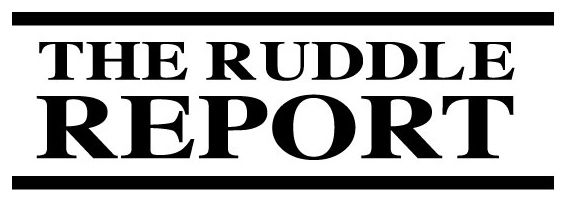
A New Method for Irrigation: The Hand-Held Syringe
Hey everybody, this is Cliff Ruddle from Santa Barbara and I want to talk to you a little bit more about new methods for irrigation.
In previous blogs and lectures and articles, I’ve described a new way to irrigate, but I want to come back to it and just give a few more observations and hopefully helpful hints and then maybe remove some concerns that some of you undoubtedly have had because I’ve seen them in the emails that are addressed to me and I’m asked to respond to.
First of all, I’m going to come back to the hand-held irrigation syringe that we’ve all been using for decades in dentistry. It isn’t important to me what the capacity of your syringe is, how many CCs it holds. I’m not even that concerned what canula you’re using. I would suggest that you use canula that are 29, 30 or 31 gauge because they can appropriately go deeper in the well-shaped canals and this would imply a better exchange of irrigant.
More than all that is the actual technique itself. Most of you dispense your intracanal reagent holding the irrigating syringe exactly like you hold an anesthetic syringe which means you use your index finger and your middle finger on the wings of the syringe and you put your thumb against the plunger and you slowly push the plunger through the barrel of the syringe and of course, that’s extruding the irrigant through your chosen selected canula.
I’ve talked about how to hold the actual plunger with your middle finger and your index finger, and then put your thumb only on the wing of the syringe. If you pull the wing towards your fingers, you’re going to be irrigating under positive pressure. If you push against the wing, you’re going to be vacuuming. This push-pull, push-pull, push-pull mechanism can bump and bounce irrigants over prepared surfaces and you can get a very, very nice fluid dynamics.
But, listen carefully: you can move reagents 6-7 mm apical to the level of the canula in the well-shaped canal. This is encouraging news because many of you have read and ask me constantly – how do you exchange irrigant around curvatures? How do you exchange irrigants into deep shapes where maybe your taper is 8-9% but you hold your foramen to maybe a 20-25. The answer is: in a patent canal, where a 10 file can easily slide through the terminus, you can bump solutions around curvatures and exchange them through vacuum and irrigation phenomena, like I just described, very, very effectively without having to get your canula so deep; or more importantly, you don’t have to needlessly over prepare the apical third to try to get your canula there.
Some of you have asked me – well Cliff, if I’m in a case and I’m irrigating and vacuuming with the hand-held syringe, aren’t some of the byproducts of shaping, aren’t they being introduced up into the canula, into the syringe barrel itself? The answer is: sure, but remember, these are single patient devices. They are discarded between patients. And, you’re using, as an example, 6% sodium hypochlorite and obviously nothing lives in 6% sodium hypochlorite more than 10 seconds on contact. So, I’m not doing this vacuum irrigation method when I’m just starting to develop my shape because there will be a lot of debris and particulate matter perhaps, as an example, in a vital case and you may actually obstruct your canula and this could be a little bit annoying for you.
So, it’s really important to talk about this method after shaping and after all the gross debris has been removed, now you can put the canula deep into the shaped canal and you’re basically just exchanging irrigant. Yes, irrigant and potentially microbes could be back flowing on the vacuuming, but remember, it’s a closed system meaning that you’re not using this from one patient to another.
So, pretty much, relax. This is a new way to irrigate. You can exchange your irrigants more effectively. I think you’ll begin to notice more lateral anatomy, deep, when you’re shaping in this manner, and I continue to come back with you in the future on more visual methods to properly demonstrate this.



